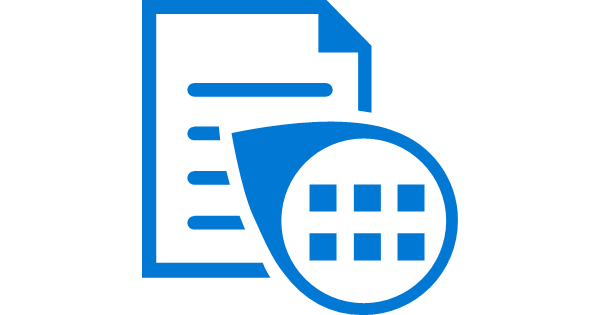Introduction to Azure Form Recognizer
Azure Form Recognizer is an AI-powered document processing service that extracts key information from forms, receipts, invoices, and other structured or unstructured documents. By using pre-trained models or custom training, businesses can streamline data extraction and reduce manual input errors.
Key Features of Azure Form Recognizer
- Prebuilt Models: Ready-to-use templates for receipts, invoices, and business cards.
- Custom Models: Train models on specific document types for personalized extraction.
- Optical Character Recognition (OCR): Accurate text extraction from images and scanned documents.
- Table Extraction: Structured table detection and data organization.
- Multi-Page Processing: Process multiple-page documents seamlessly.
Step 1: Setting Up Azure Form Recognizer
Begin by creating an Azure Form Recognizer resource in the Azure portal. Configure the necessary endpoints and obtain API keys. Set up a storage container in Azure Blob Storage to store documents for processing.
Step 2: Uploading Documents for Analysis
Use Azure Storage Explorer or Azure CLI to upload documents to the Blob Storage. Ensure that documents are in PDF, JPEG, PNG, or TIFF formats. Organize files into containers for batch processing.
Step 3: Extracting Data with Prebuilt Models
Utilize the Azure Form Recognizer API to extract data from receipts, invoices, and business cards using prebuilt models. Connect via REST API or SDKs in languages like Python, C#, or Java.
Step 4: Training Custom Models for Specific Documents
Train a custom model by providing labeled samples in Azure Form Recognizer Studio. Use JSON labeling files to map fields such as names, dates, and totals. Publish the trained model and obtain its endpoint for usage.
Step 5: Integrating with Business Applications
Integrate the output from Form Recognizer into business workflows using Azure Logic Apps, Power Automate, or custom-built applications. Store results in databases like Azure SQL for analytics and reporting.
Step 6: Monitoring and Optimizing Performance
Use Azure Monitor and Application Insights to track API performance, detect errors, and analyze processing times. Regularly retrain models with new documents to improve accuracy.
Case Study: Automating Invoice Processing for a Logistics Company
A logistics company implemented Azure Form Recognizer to automate their invoice processing. By integrating the service with their ERP system, they reduced manual data entry by 90% and processing time from hours to minutes. The automated workflow improved accuracy and operational efficiency.
Best Practices for Document Processing Automation
-Ensure Data Privacy: Use Azure Key Vault for secure storage of API keys.
-Handle Errors Gracefully: Implement retry policies for failed requests.
-Optimize Model Training: Use high-quality labeled datasets.
-Enable Versioning: Track model iterations for continuous improvement.
-Secure API Endpoints: Use Azure API Management with rate limiting and security policies.
Common Challenges and Solutions
- Low OCR Accuracy: Use higher resolution scans and consistent document formats.
- Field Detection Errors: Provide more labeled samples for custom model training.
- Slow Processing Times: Use batch processing and scale with Azure Kubernetes Service (AKS).
- Integration Issues: Employ Azure Logic Apps or Function Apps for smooth workflow integration.
Future Trends in Document Processing with Azure
- AI-Powered Document Understanding: Combining Form Recognizer with Azure Cognitive Search for deeper insights.
- Real-Time Processing: Enhanced edge computing for instant document processing.
- Multilingual Support: Improved OCR for multiple languages and diverse document types.
- Hyperautomation: Integrating RPA (Robotic Process Automation) with Azure Form Recognizer for end-to-end automation.
Conclusion
Automating document processing with Azure Form Recognizer transforms manual workflows into intelligent, efficient processes. By leveraging prebuilt and custom models, businesses can accelerate data extraction, reduce human error, and integrate results into their operations seamlessly. As Azure continues to advance, the potential for smarter, faster document processing will only expand.

